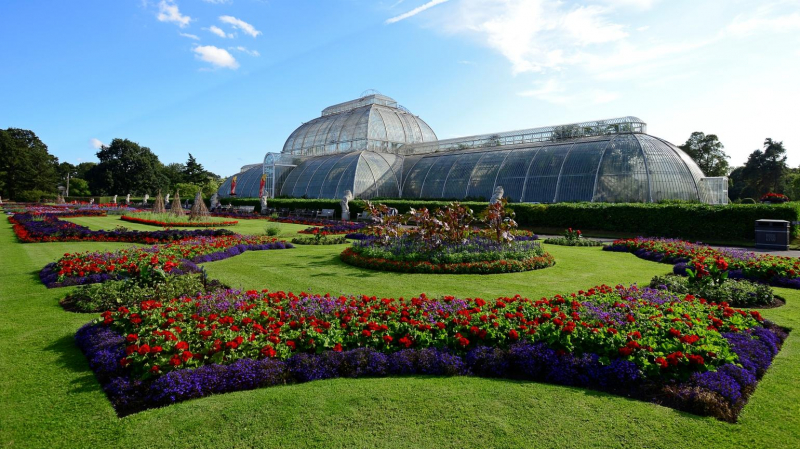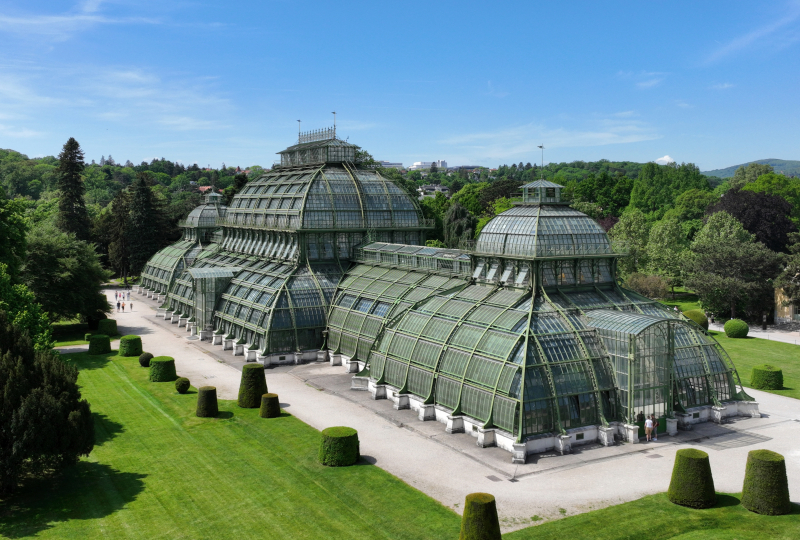Palm House, Kew Gardens
The Kew Gardens' Palm House was constructed between 1844 and 1848 and is situated at the Royal Botanic Gardens in the United Kingdom. Decimus Burton and Richard Turner, two of the most talented architects, constructed the home. It evaluated one of the most famous Victorian architecture.
Since its inception, the house has been home to both tropical and subtropical plants, the most well-known of which are plant palms. For the purposes of including such plants, the estate is considered to be a rainforest. Many of its plants are extinct in the wild or on the verge of extinction. A higher walkway that leads visitors into the larger plants' branches is one of the features. Additionally, Kew features the bigger "Temperate House," which is kept at a cooler temperature.
Originally constructed as prestige symbols in Victorian Britain, various specimens of elaborate glass and iron greenhouses, sometimes referred to as "the Palm House," may still be found in parks and botanical gardens, including Sefton Park in Liverpool and Stanley Park, as well as in other nations.
The first greenhouse of this size was The Palm House. It was also the first time that wrought iron was used extensively in a structure. The Kew Gardens greenhouse is accessible to the public four days a week ( Monday to Thursday).
Year: 1844-1848
Location: Royal Botanic Gardens, United Kingdom
Architect: Decimus Burton and Richard Turner












